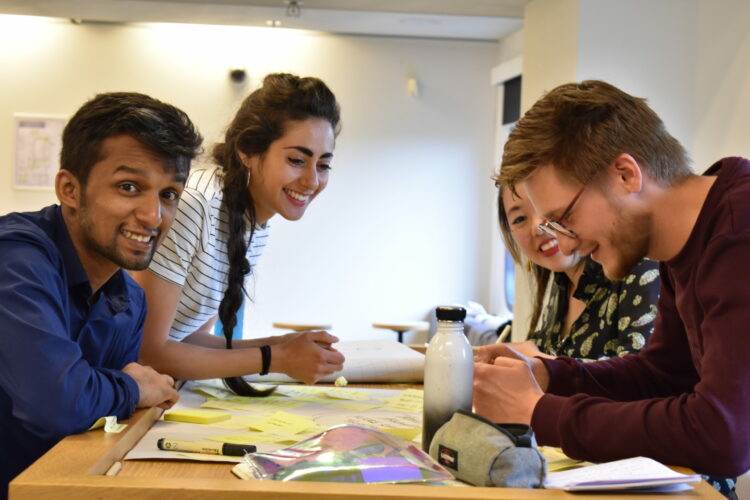A journey in the scaling process of Social Innovations

Student, MSc Strategic Product Design
Where do strategic designers that want to change the world for the better end-up doing their graduation project? When you realize that design cannot solve the world and that there are not such straightforward solutions for complex global challenges, then you have to shift a bit your perspective (and as designers, we are good at that!). ‘Design is a process, not a solution’, that’s how Chiara perceives this discipline. She believes design has the power to enable innovation and empower people to achieve change, for her design is more about facilitating, engaging, and involving people, co-creating something that has value for them and the society throughout participatory approaches. For these reasons, she decided to join the Participatory City Making Lab!
How did Chiara get in touch with the Participatory City Making Lab?
While exploring the roles of strategic design in the fields of social and urban innovation, Chiara came across the Lab, and in particular, she has been intrigued by the European H2020 Project: DESIGNSCAPES. This program aims to explore how design could support urban innovators to upscale their social innovations across European cities. Therefore, she found her way for a graduation project with the Participatory City Making Lab. If designers alone cannot save the world, why not engage with multiple stakeholders and innovators to collaboratively learn how to achieve systemic impact by scaling social initiatives throughout design tools and methodologies?!
Why Scaling Social Projects?

To make a change and achieve a larger impact, urban and social innovators should spread their initiative wider. However, most of the time, these innovations are hyper-localized and context-specific. They are dependent on certain local resources (Mortati & Villari, 2013) and embedded within the cultural norms, institutional routines, and values of a specific context. Hence, this might be a challenge if they want to replicate, expand, or adapt the innovation somewhere else.
So, for Chiara, the challenge is to investigate how design can support social innovators developing an impact-driven strategy to scale their innovation in multiple contexts.
'Cultural Exchange' and mutual learnings

Chiara, in her design approach, is interested to learn more from the ‘experts’ throughout a learning-driven and participatory design method; she loves to talk with people and she gets enthusiastic when facilitating and leading group sessions. She wants to immerse herself in the exploration of a multi facade and complex context. She likes to think through metaphors and visual associations, that’s what helps her to articulate fuzzy and abstract concepts such as ‘culture’ and navigate uncertainty.

A collaborative opportunity: designscapes
For her graduation project, Chiara is currently exploring and working with a handful of urban/social innovators within the designscapes project and beyond in the urban space; understanding how the scaling process works especially when it comes to replicating and transferring knowledge and a certain ‘culture’ in very different contexts among multiple actors. She hopes to understand how these innovators are able to connect and engage with the local stakeholders and the local community and how ‘culture’ is preserved, influenced, or mutually exchanged in those urban contexts.
Mortati, Marzia, and Beatrice Villari. “Design for Social Innovation. Building a Framework of Connection between Design and Social Innovation.” In Design for Social Innovation. Building a Framework of Connection between Design and Social Innovation, 79–89, 2014.